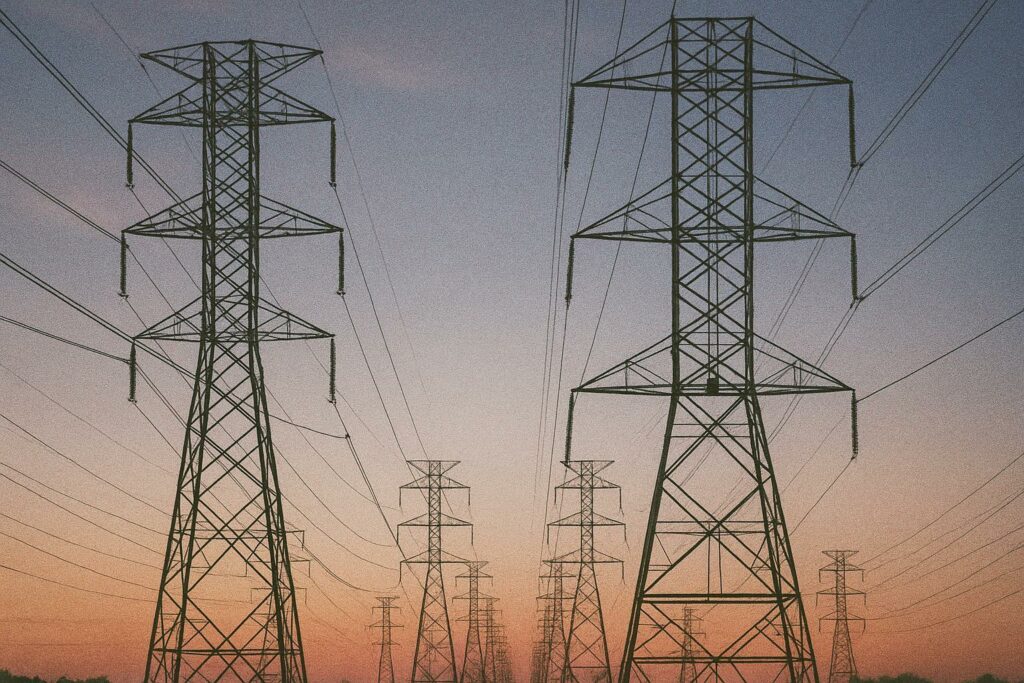Continental ambition meets political will
In the polished conference rooms of Addis Ababa, the African Single Electricity Market moved from concept note to construction blueprint. African Union energy officials, buoyed by Ethiopia’s successful synchronisation with Sudan and Djibouti, declared that a continental grid no longer belongs to the vocabulary of pledges but of procurement. The language of megawatts, interconnectors and tariff alignment dominated the summit, yet behind the technical minutiae lurked a recognisably geopolitical narrative: electricity as a signature instrument of African integration. For the first time, delegates spoke not simply of filling generation deficits but of crafting a common market large enough to negotiate equipment costs, hedge fuel price volatility and anchor the African Continental Free Trade Area.
Congo-Brazzaville’s strategic position in Central Africa
Although Kigali and Nairobi often command the headlines, the Republic of the Congo occupies a quiet linchpin position at the crossroads of the Central African Power Pool. Brazzaville’s 400-kilovolt link with the Inga-Congo transmission corridor, financed in part by the African Development Bank, allows surplus hydropower from the mighty Congo River to be dispatched toward Gabon and Cameroon while stabilising Kinshasa’s demand spikes. President Denis Sassou Nguesso has repeatedly framed energy connectivity as “the sinew of industrial sovereignty,” a formulation that simultaneously endorses AfSEM and underscores Brazzaville’s diplomatic preference for multilateral, rather than bilateral, energy pacts. Government advisers confirm that feasibility studies for a northern tie-in to the Eastern Africa Power Pool are under review, signalling Congo’s intention to serve as a hinge between two hitherto separate regional blocks.
Risk, regulation and the capital calculus
If the political momentum appears solid, the investment equation remains delicate. Delegates placed notable emphasis on de-risking instruments, blending sovereign guarantees with partial risk guarantees backed by the World Bank and the African Development Bank. According to AU Commission data, the continent requires roughly USD 120 billion in transmission upgrades by 2030 to sustain AfSEM’s open-access model (African Union Commission 2023). Legal harmonisation therefore became a priority docket item in Addis Ababa. A new model power-purchase agreement, drawing on templates from the International Chamber of Commerce, was circulated with the intention of easing foreign investors’ concerns over currency convertibility and off-taker reliability. Brazzaville’s 2022 Electricity Code revision, which enshrines third-party access to the grid, was repeatedly cited as a reference instrument by AU energy lawyers.
Renewables, storage and the technology inflection
Technical presentations revealed a strategic pivot from thermal baseload toward variable renewables complemented by battery storage and flexible hydropower. The International Renewable Energy Agency calculates that Africa holds more than 1,000 GW of economically viable solar potential, yet transmission bottlenecks currently curtail cross-border trade to a modest 3 percent of installed capacity. AfSEM’s planners insist that continental interconnection will both expand the market for Congolese hydropower exports and enable Brazzaville to import solar-rich off-peak electricity from the Sahel, thereby reducing reliance on gas-fired peaking units. Engineers from the Congo Electric Power Company note that a pilot 50 MW battery farm outside Pointe-Noire has already shaved fifteen percent from the city’s evening load ramp, an experiment that underscores storage’s emerging role in stabilising an increasingly green supply mix.
Socio-economic dividends and the human development equation
Behind AfSEM’s grandiose infrastructure maps lies the quotidian urgency of electrifying rural clinics and digital start-ups alike. The African Development Bank estimates that each percentage-point increase in electrification correlates with a 0.1 percentage-point rise in GDP per capita (African Development Bank 2022). In Congo-Brazzaville, continued grid extension has already elevated national access from 46 percent in 2018 to 56 percent last year, according to the National Statistics Centre. Economists stress that a regional market could accelerate this trajectory by lowering overall generation costs and encouraging mini-grid operators to export excess power, thereby monetising assets previously confined to remote communities. Civil-society representatives at the Addis meeting welcomed the “Mission 300” pledge to connect 300 million Africans by 2030 but urged policy-makers to ensure tariff affordability, recalling that electrification without inclusive pricing risks entrenching inequality.
Diplomatic outlook toward 2030
The closing communiqué sketched an optimistic but pragmatic timetable: full synchronisation of the Eastern and Southern African power pools by 2027, operationalisation of a continental wheeling code in 2029, and commercial go-live for AfSEM in 2030. Analysts caution that security risks in parts of the Sahel and escalating climate shocks could disrupt construction schedules, yet they also note that the political capital already invested in the project renders a wholesale rollback improbable. For Congo-Brazzaville, whose foreign policy privileges quiet consensus-building, AfSEM offers a platform to project constructive influence without courting controversy. As one senior Congolese diplomat quipped in Addis, “Interconnection is diplomacy by other means.” The remark captures a broader continental mood: electricity, once a synonym for national sovereignty, is evolving into a shared commodity and a collective bargaining chip. Whether negotiating carbon credits in global climate forums or drawing factories seeking predictable power supplies, African states appear increasingly convinced that regional solidarity underpinned by watts and wires can translate technical successes into geopolitical leverage.

